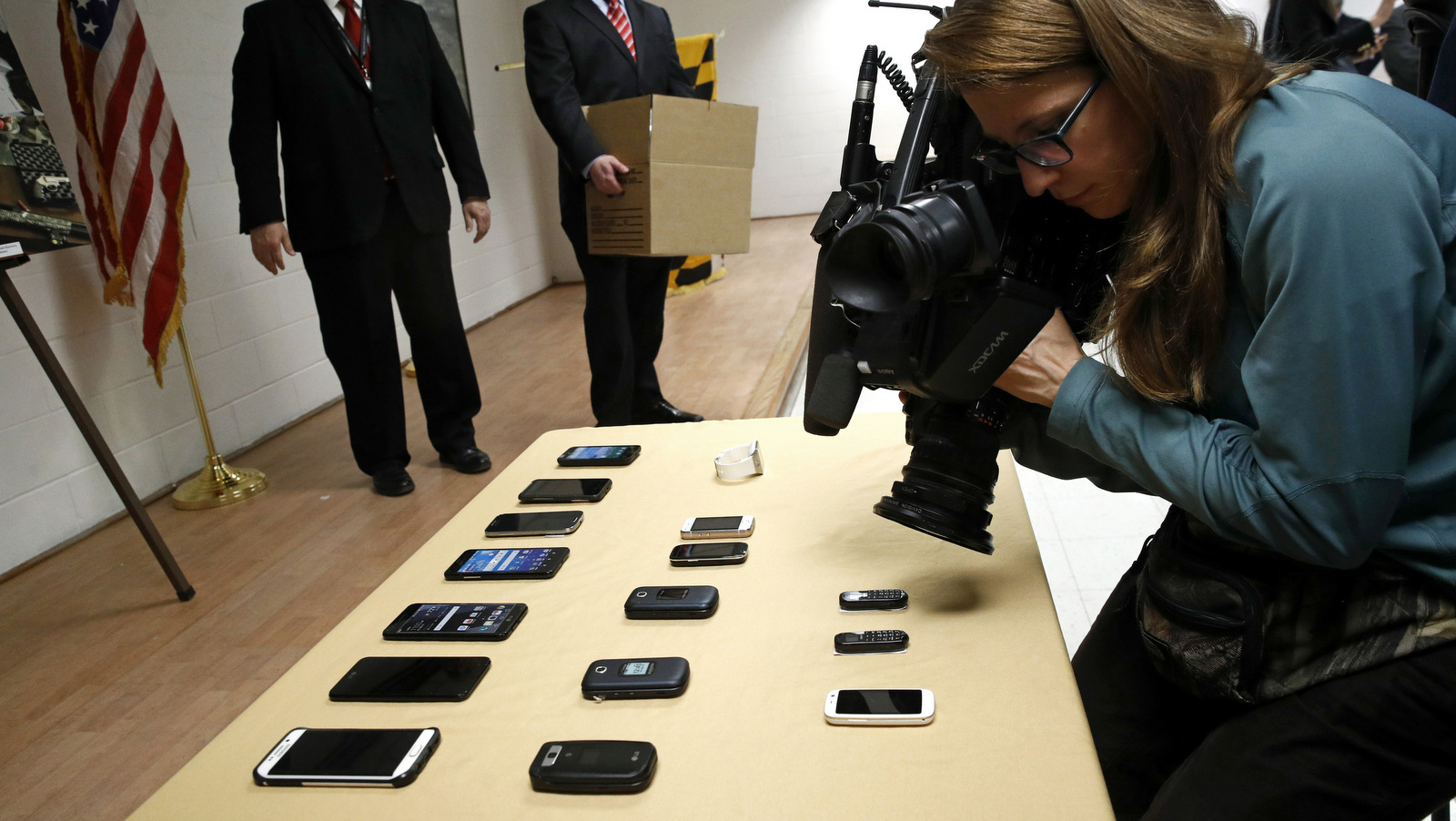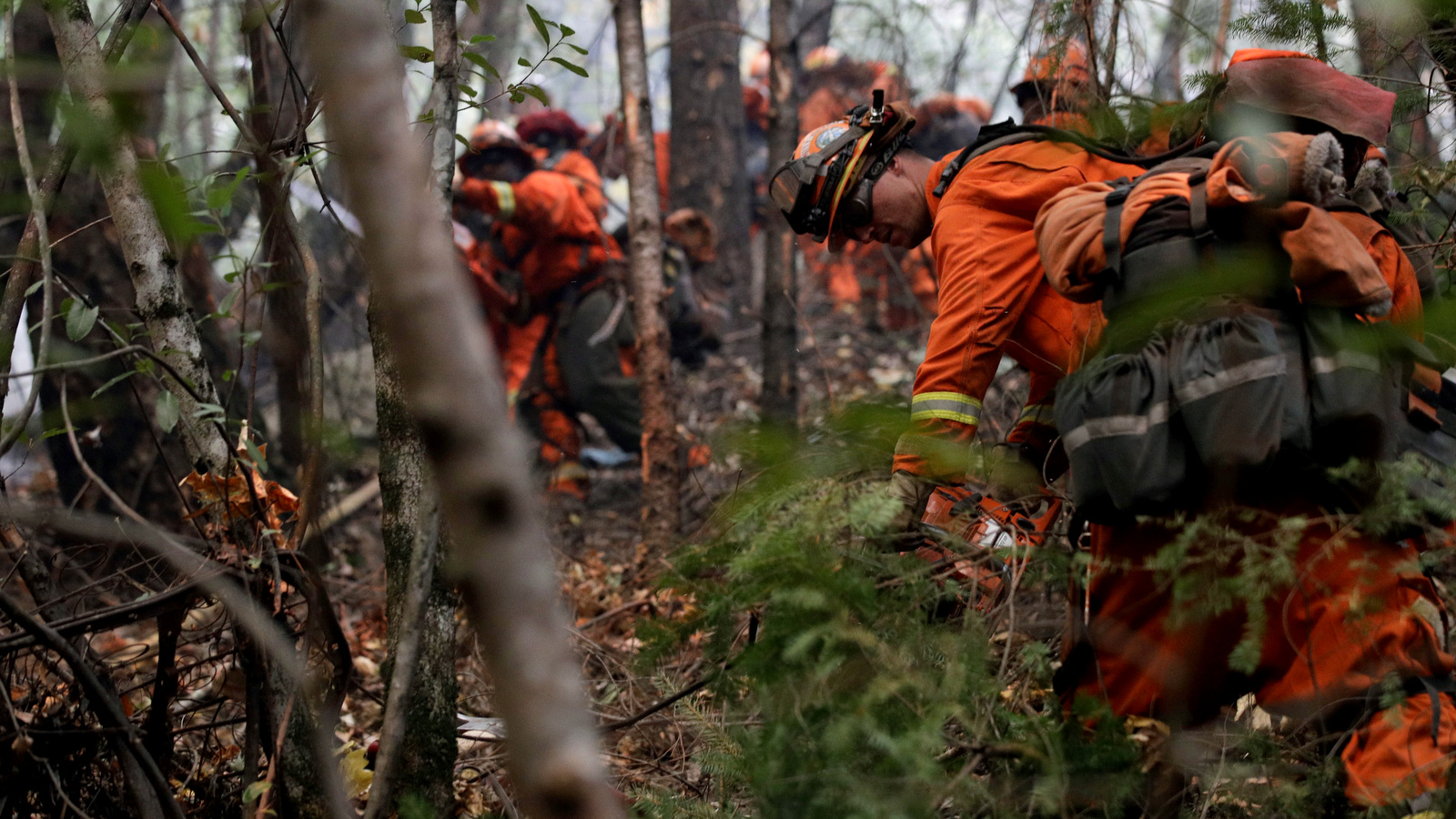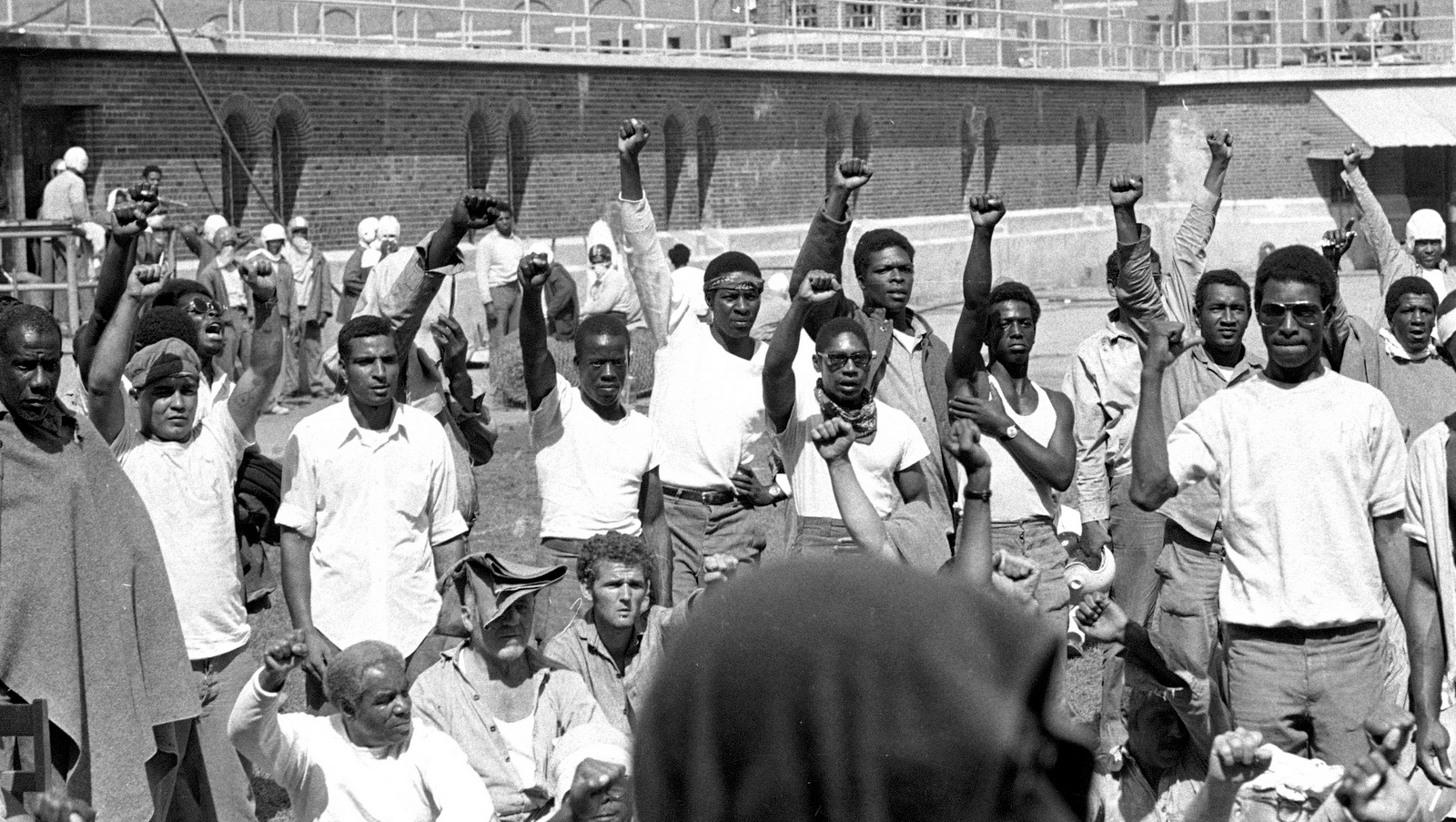The family of a deceased man who was incarcerated at Kentucky’s Bourbon County Jail has filed a federal lawsuit against the county, jail officials, and the private medical contractor Advanced Correctional Healthcare. They allege “deliberate indifference” was shown to the man’s “obviously serious medical needs,” as he suffered from opioid withdrawal.
Shannon Bowles was arrested for public intoxication on March 15, 2016, at the age of 41. He died less than two weeks later in the emergency room.
When Bowles arrived at the Bourbon County Jail, medical staff found heroin on him and noted he was “nervous, his pupils were non-responsive, his hands were shaky, and that he had a reported history of drug abuse.”
Bowles was taken to a hospital for evaluation that day and diagnosed with substance abuse. When he was discharged back to the jail, the hospital included a note in his file that read, “Please monitor closely. Return to [emergency department] if symptomatic. [Follow up] with [primary care physician] in the AM.”
A follow-up examination by Advanced Correctional Healthcare staff noted he was “figity (sic)” and suffered from nausea and diarrhea. The lawsuit [PDF] points out,”In the space marked ‘Patient Education,’ [a nurse] wrote: ‘Don’t do drugs.’”
Bowles requested medical attention the next day, reporting headaches and that he couldn’t sleep. He was given the antibiotic Amoxycillin, Tylenol, and a warm compress for his face.
Less than a week later, officers found Bowles shaking in his cell and complaining of a migraine in the early morning hours. He said he was going to pass out. This persisted for five hours until he was given more Tylenol and Vistaril, a drug for anxiety and restlessness.
Bowles was seen by a nurse later that day, who noted he complained of a headache, neck pain, sinus pressure, nausea, and vomiting—symptoms he said had persisted for the last two days. He was prescribed Dilotab, an over the counter drug for headaches and sinus pain, and was advised to continue resting and applying warm compresses.
Bowles filled out another request for medical attention three days later. In addition to ongoing migraines and an inability to sleep, he complained of leg cramps. Records indicate he was not seen by a member of the medical staff. He filed another request the next day and was escorted to the jail’s medical clinic, where he told staff he felt dizzy. The nurse noted his hands were shaking and his pupils were dilated. Bowles was told again to rest and put a cold cloth on his face and to “try to relax” while they contacted the nurse.
Less than an hour after he was seen in the clinic, Bowles was found passed out in the bathroom. A wheelchair was brought for him, and he complained of “extreme pain” in his head and neck. He said his eyes were “hurting bad and it was hard to see.”
Medical staff decided he needed to go to the emergency room for “fluids and shots for a migraine.” But video from the jail shows he may have stayed there for over an hour more as he sat in his wheelchair vomiting into a bucket. His face was “contorted in agony,” and he was “beating his head with his hands.”
By the time Bowles was taken to the emergency room, doctors conducted blood tests and tried to stabilize him. But while he waited for the test results, he became unresponsive and could not be revived.
Bowles’ brain had been bleeding. His death was caused by a “bleeding temporoparietal mass.”
The lawsuit argues, “His death while awaiting a real differential diagnosis of his real problem by a real doctor only emphasizes the ‘time-is-of-the-essence’ nature of his condition.”
It further claims, despite orders that he be monitored closely by a physician and returned to the hospital if his symptoms persisted or worsened, and despite ten days of visible suffering, Bowles was never “seen by a physician or [Advanced Practice Registered Nurse].” Instead, he was “left entirely in the hands of a [licensed practical nurse] and (perhaps) a [registered nurse] who cannot diagnose a patient’s problem, and cannot treat a patient’s complaints without a physician or [Advanced Practice Registered Nurse] order.”
Furthermore, the complaint says, while the jail had an “Emergency Medical Services Policy” that would have ordered Bowles back to the hospital in his condition, that policy was ignored whenever ACH medical staff were on site.
Finally, the lawsuit points out that Bowles was indigent, but was “bonded out” before being transported to the emergency room “solely to avoid Defendant’s obligation to pay for the resulting medical expenses.” This move left Bowles’ family liable for paying his substantial medical bills “incurred in the futile effort to save Mr. Bowles’ life.”
The details contained in Bowles’ lawsuit follow a familiar pattern for people in need of serious medical care in jails where Advanced Correctional Healthcare provides services.
As Shadowproof has reported numerous times over the past three years, ACH’s services are specifically marketed to jails as a way to both control medical costs and reduce legal liability. These services are attractive to local governments, which face limited budgets, high medical costs, and significant legal liability for failing to provide adequate medical treatment.
Under ACH agreements, jail staff are required to defer all treatment decisions to the company, even in emergencies. The jails are inadequately staffed with medical personnel, who often lack the training and qualifications to provide necessary treatment. These staff members are trained to treat medical complaints with suspicion as possible acts of ‘malingering’—a term used to describe exaggerated or feigned illnesses by those who seek preferential treatment or extra comforts.
On-site medical staff defer most serious medical needs to physicians known internally as “circuit riders” because they travel to various jails in their region. These doctors provide care and advice mostly over the phone or on an on-call basis. They visit jails once a week or less, and many times are unable to see all patients, who require their attention. In some cases, the nurses and doctors hired by ACH have been disciplined by medical boards for unethical practices.
In sales presentations to county officials, ACH officials maintain that medical care on the outside is fundamentally different from what is necessary on the inside. They claim most medical care is “elective” behind bars, and therefor not the responsibility of the jail. To that end, staff withhold or alter prescription regimens, substituting cheaper or over the counter drugs, and disregard medical histories and treatment plans provided by outside physicians. They routinely refuse to administer psychotropic drugs.
ACH policies suppress costs by avoiding expensive but necessary off-site, emergency, or specialized treatments, which would usually be the financial burden of the county so long as the person is in custody. When they do send someone off-site, it is usually not until their condition has progressed to a perilous degree, at which point the individual is released on their own recognizance to shift the financial burden away from the county to the person and their family.
The contractor purchases insurance for the county and indemnifies jail and county officials from medical claims so long as they always defer to ACH. While these arrangements tend to please county officials, who see lower costs and protection from legal action, they come at a steep cost for incarcerated people with serious medical needs, who can end up permanently injured, disfigured, or develop new long-term medical issues. Or, in some cases, they die.
This is a particularly dangerous arrangement for inmates with chronic medical needs, such as diabetes. It is also dangerous for those who have histories of substance abuse and come to jail addicted to opioids, alcohol, or other substances because they are forced to detox without the proper medical assistance.
Shadowproof has profiled multiple lawsuits against Advanced Correctional Healthcare involving withdrawal that follow a narrative that closely resembles that of Bowles’ case. Whitney Elizabeth Foster was left blind and partially paralyzed in Alabama after being forced to withdraw in jail in 2014.
Tammy Perez died in Indiana after entering the jail with heroin still in her system. ACH officials told her to “stop being a drama queen” as her condition deteriorated.
Brandon Clint Hacker died at the Madison County Jail in Kentucky due to complications from heroin withdrawal.
Kenneth Collins nearly died after suffering severe delirium tremens when he was forced to detox from alcohol in 2013.
These are a handful of the cases for which federal lawsuits were filed. Many more cases have likely not been pursued in court due to the steep costs and difficulty of pursuing such legal action.
Top photo | Screenshot from Advanced Correctional Healthcare advertisement on YouTube.
Published in partnership with Shadowproof
The post ‘Don’t Do Drugs:’ Inmate Dies From Opioid Withdrawal Under Controversial ACH Program appeared first on MintPress News.



















